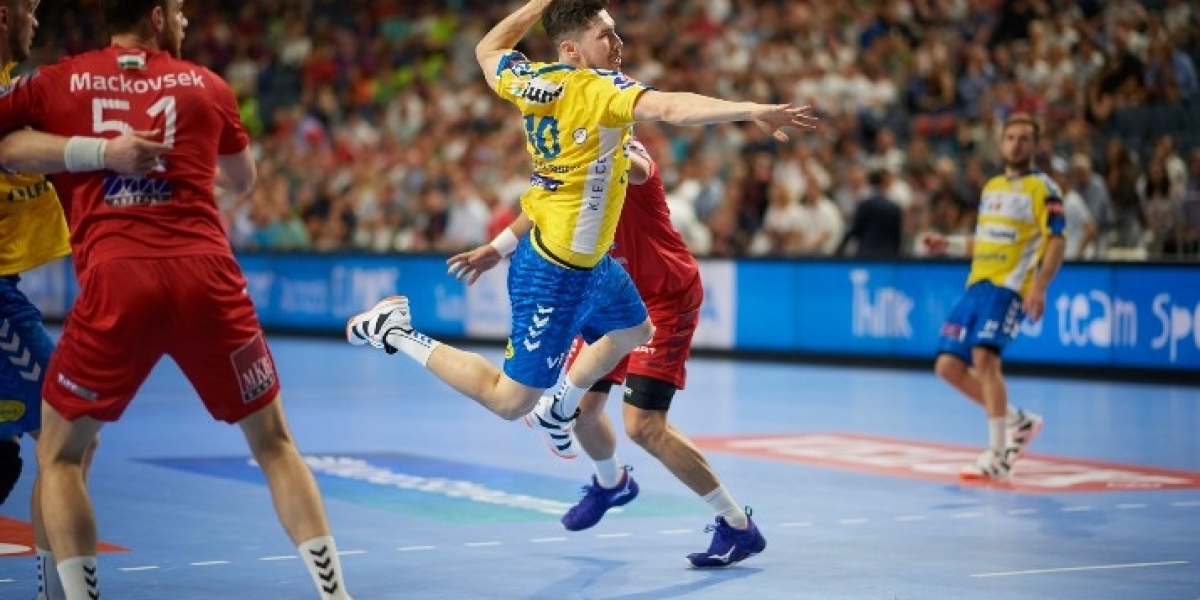Handball is a high-energy, fast-paced sport that combines elements of basketball, soccer, and netball into one thrilling game. Known for its rapid ball movement, intense scoring opportunities, and demanding teamwork, it has become a global favorite—especially in Europe—captivating both players and spectators alike.
Origins and Development
Modern team handball traces its roots to Northern Europe in the late 19th and early 20th centuries, with early forms played in Denmark, Germany, and Sweden. Initially an outdoor game on soccer-sized fields, it evolved into the indoor format we know today during the 1940s, making it playable year-round regardless of weather conditions. The International Handball Federation (IHF), founded in 1946, now governs the sport nouvelles worldwide.
The Rules of the Game
A standard handball match is played indoors on a 40-by-20-meter court, with two teams of seven players each—six outfield players and one goalkeeper. The objective is simple yet challenging: score by throwing the ball into the opposing team’s goal while preventing them from doing the same.
Key rules include:
Players can take up to three steps without dribbling.
Possession without passing or dribbling is limited to three seconds.
Physical contact is allowed, but only to block or intercept, not to tackle aggressively.
The goalkeeper is the only player allowed inside the goal area.
Matches are divided into two 30-minute halves, and scores often reach 20–30 goals per team, making it one of the most action-packed sports in the world.
Skills and Strategy
Handball demands exceptional agility, quick decision-making, and precise coordination. Offensive plays involve rapid passing, feints, and powerful jumps to shoot over defenders. Defensively, players must anticipate movement and form tight, shifting blocks to disrupt the opposing attack. Goalkeepers play a pivotal role, often facing shots traveling over 100 km/h, requiring lightning-fast reflexes.
International Competitions and Popularity
Handball enjoys immense popularity in countries like France, Denmark, Germany, Norway, and Spain. The IHF World Championships, the European Handball Championship, and the Olympic Games showcase elite talent and draw millions of viewers worldwide. Clubs like Paris Saint-Germain Handball and THW Kiel have built strong followings in professional leagues.
Why Handball is Thriving
Its combination of speed, physicality, and teamwork makes handball appealing to both players and fans. For youth athletes, it offers an excellent way to develop coordination, fitness, and competitive spirit. Globally, grassroots programs and school leagues are fueling its expansion beyond Europe into Africa, Asia, and the Americas.
Conclusion
Handball may not yet have the same global recognition as soccer or basketball, but its thrilling gameplay, strategic depth, and inclusive spirit make it a sport on the rise. Whether played at the professional level or casually among friends, it offers a unique blend of athletic challenge and pure excitement—keeping hearts racing and scoreboards busy.









